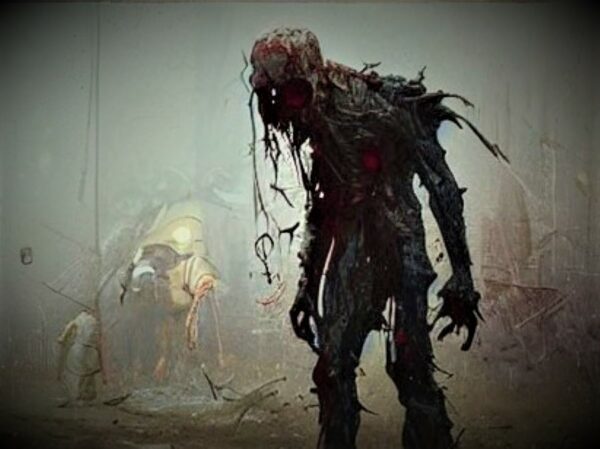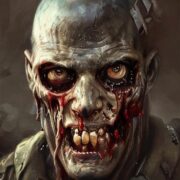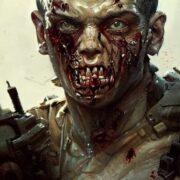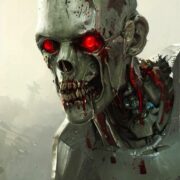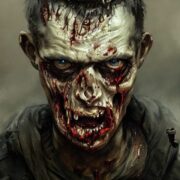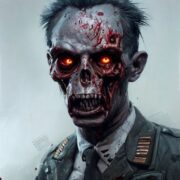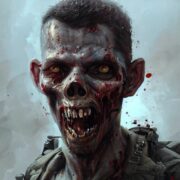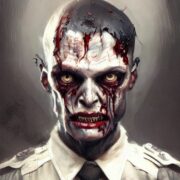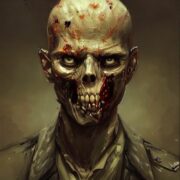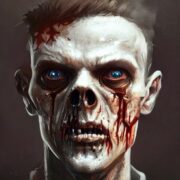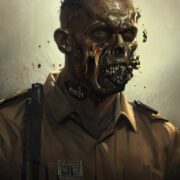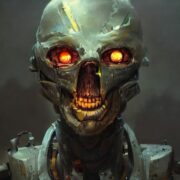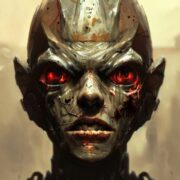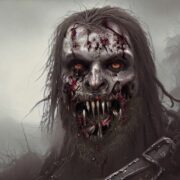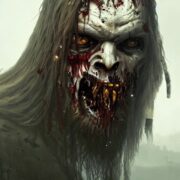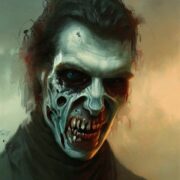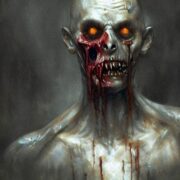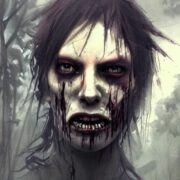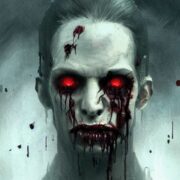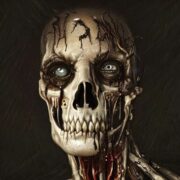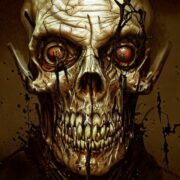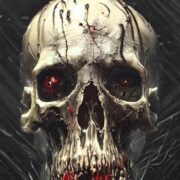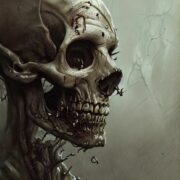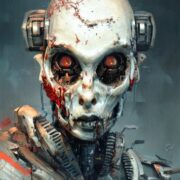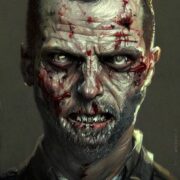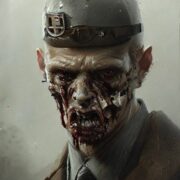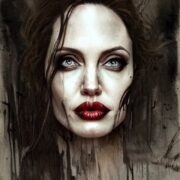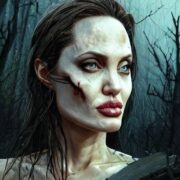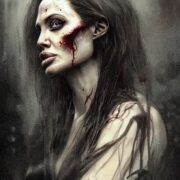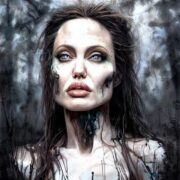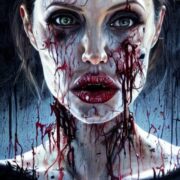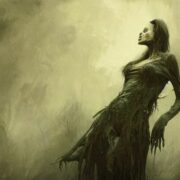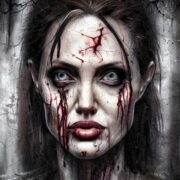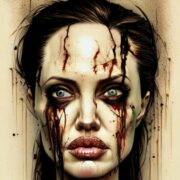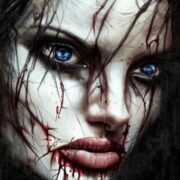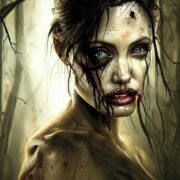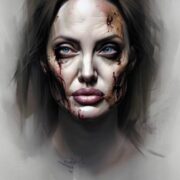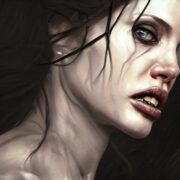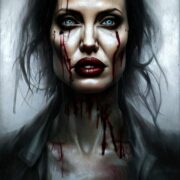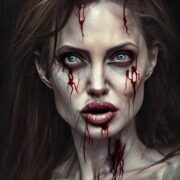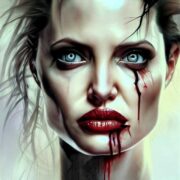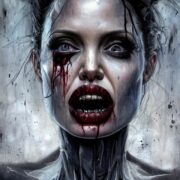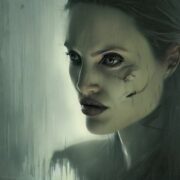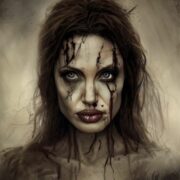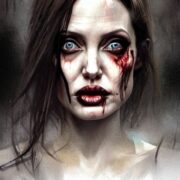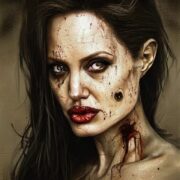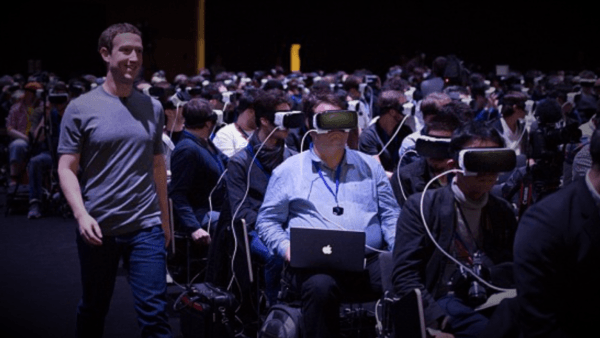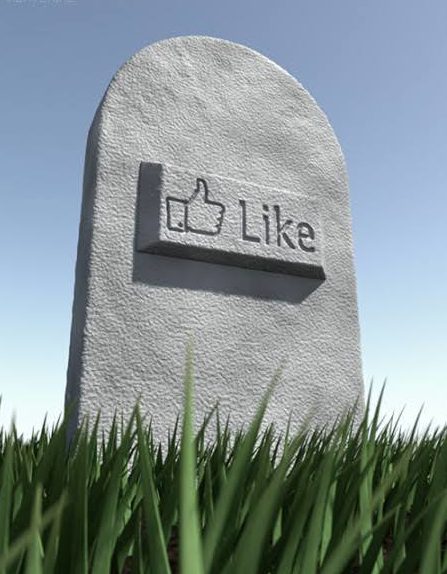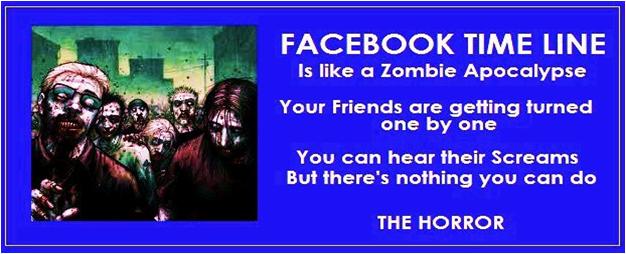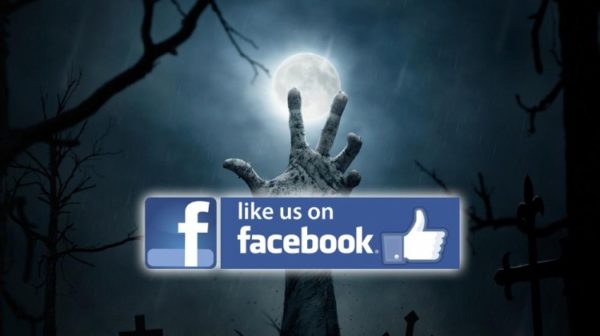Unleashing the Undead: Mastering A.I. Generated Zombie Headshots for Incredible Artistry
The world of art has undergone a groundbreaking transformation with the advent of Artificial Intelligence (A.I.). This technological advancement has empowered creators to craft imaginative and original artwork of the highest quality. Among the many art forms that have benefited from A.I.’s influence, horror art has emerged as a prominent genre. Artists and content creators are utilizing various tools and platforms to conjure up spine-chilling and horrifying imagery that is sure to leave viewers in awe.
In this article, I will reveal what i have discovered so far in the genre of creating A.I. generated horror art, exploring the best apps and websites that facilitate the creation of such masterpieces, as well as providing invaluable tips on how to extract the desired results.
A.I. Horror Art Platforms
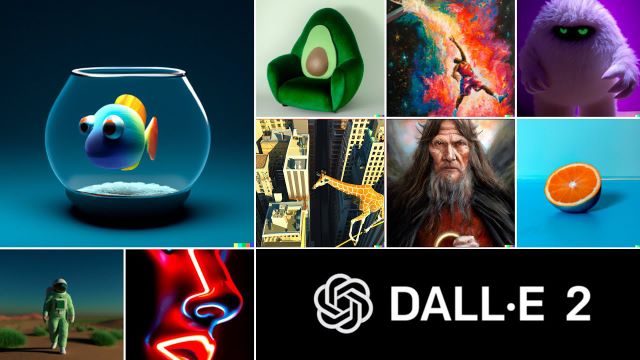
Dall-E 2, an OpenAI creation, enables users to generate images based on textual prompts. By comprehending the text, the platform uses machine learning to generate visuals that match the description, resulting in awe-inspiring outcomes that allow for experimentation with different prompts and styles.
Midjourney specializes in creating images and videos of ghosts and supernatural creatures, harnessing a combination of 3D models and machine learning to produce realistic and eerie visuals that will undoubtedly send shivers down the spine.
Stable Diffusion deploys a technique called diffusion models to produce high-quality images, empowering users to create horror art that encompasses themes ranging from monsters and zombies to ghosts and haunted houses.
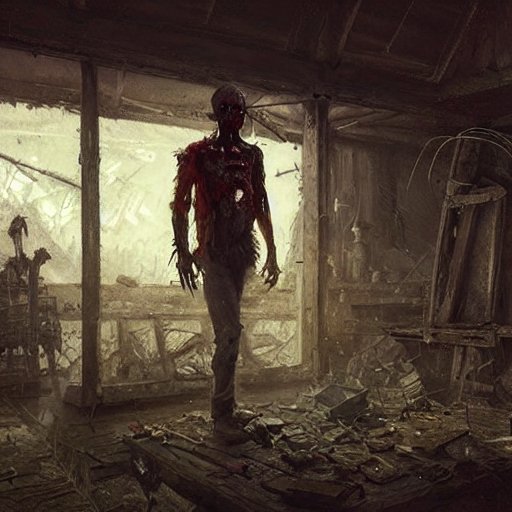
Creating Effective Horror Art using Prompts and Syntax
To generate the best A.I. horror art, accurate and effective use of prompts and syntax is essential. Prompts should be descriptive and specific while allowing the A.I. to conjure up its interpretation. Precise syntax incorporating relevant keywords and terminology such as “painting,” “photography,” “camera exposure,” “brushstrokes,” and “shadows” can help generate more accurate and realistic artwork.
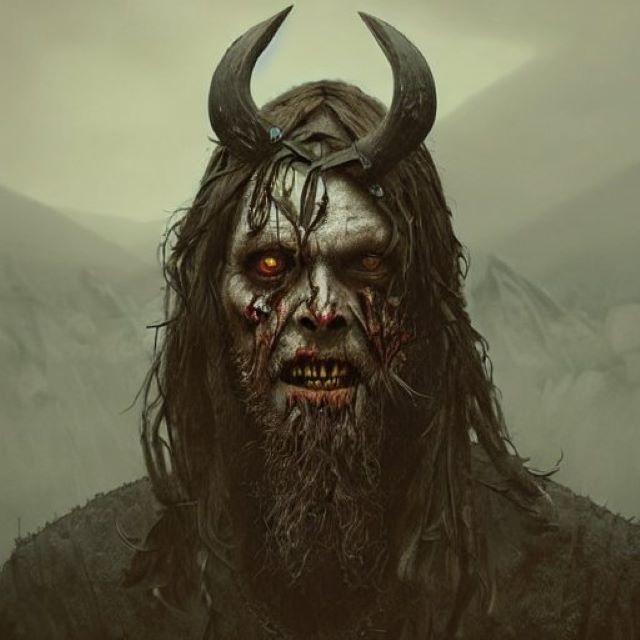
Below are some simple example prompts for generating A.I. horror art:
“A dark and foreboding forest, with twisted trees and shadowy figures lurking in the shadows.”
“A haunted mansion, with ghostly apparitions and creaking floorboards.”
“A decrepit graveyard, with fog rolling in and zombie hands emerging from the ground.”
“An abandoned asylum, with ghostly patients and deranged doctors.”
“A Lovecraftian nightmare, with eldritch monsters and tentacled horrors.”
These prompts can be customized and adjusted to align with different artistic visions and styles. Adding relevant keywords and syntax will help generate more accurate and effective artwork.
To get much more specific results for Zombie Headshots, and more varied results, you can experiment, and try more complex syntax in your prompts, such as the following examples;
- “Zombie headshot, silhouetted against a blood-red moon, by Alex Ross and ArtStation. The intricately detailed artwork captures the grotesque nature of the undead with stunning accuracy.”
- “Zombie headshot, set against a background of decaying buildings and crumbling infrastructure, by Paul Gerrard and CGSociety. The image creates a sense of post-apocalyptic dread with its haunting atmosphere and vivid colors.”
- “A zombie horde emerging from a murky swamp, their rotting flesh and exposed bones illuminated by the glow of a full moon. The masterful work of artist Simon Stålenhag and his signature blend of sci-fi and horror come to life in this captivating piece.”
- “A zombie headshot, framed by twisted roots and hanging vines in a dark and ominous forest. The unsettling image, created by artist Wojtek Fus, captures the eerie beauty of nature entangled with the undead.”
- “A zombie headshot, set against a backdrop of industrial decay and crumbling architecture. The work of artist Kekai Kotaki and his unique blend of sci-fi and horror elements creates a striking image of despair and desolation.”
- “Zombie headshot, half-submerged in a pool of murky water, the reflection distorted and grotesque. The work of artist Goro Fujita and his uncanny ability to blend realism and fantasy produces a haunting and unforgettable image.”
- “Zombie headshot, rendered in stark black and white, with a shattered mirror reflecting multiple perspectives of the horrific scene. The powerful image is the creation of artist Kris Kuksi and his trademark surrealism.”
- “A zombie headshot, positioned in the center of a sprawling and intricate cityscape. The detailed and imaginative work of artist Simon Prades combines horror and urban decay to create a mesmerizing image.”
- “Zombie headshot, set against a backdrop of flickering flames and scorched earth. The masterful work of artist Alessandro Taini and his skillful use of light and shadow creates a sense of chaos and destruction.”
- “A zombie horde emerging from a swirling vortex, their twisted and grotesque forms spiraling toward the viewer. The stunning artwork of artist Marc Simonetti and his surrealistic and nightmarish style creates a sense of otherworldly terror.”
-
A.I. Horror Art Resources
There are abundant online resources available for creators and artists seeking to enhance their A.I. horror art. Some useful links include:
Artbreeder: This website enables users to generate art by combining machine learning with human creativity. It has a vast library of user-generated content and provides tutorials and resources for creators.
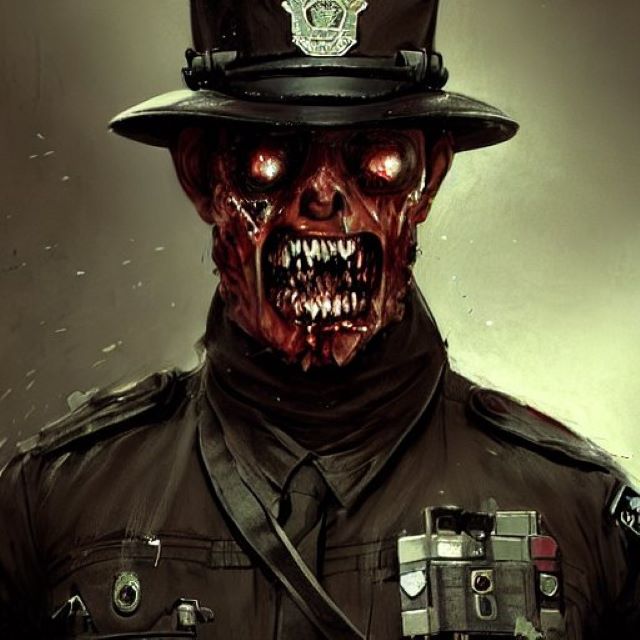
AI Dungeon: This platform allows users to craft interactive horror stories using A.I. generated prompts and responses, acting as a source of inspiration for horror art while also generating prompts and ideas.
GPT-3 Sandbox: This platform enables users to experiment with the GPT-3 language model, which generates text-based prompts for A.I. generated art. It also provides an array of tools and resources for creators.
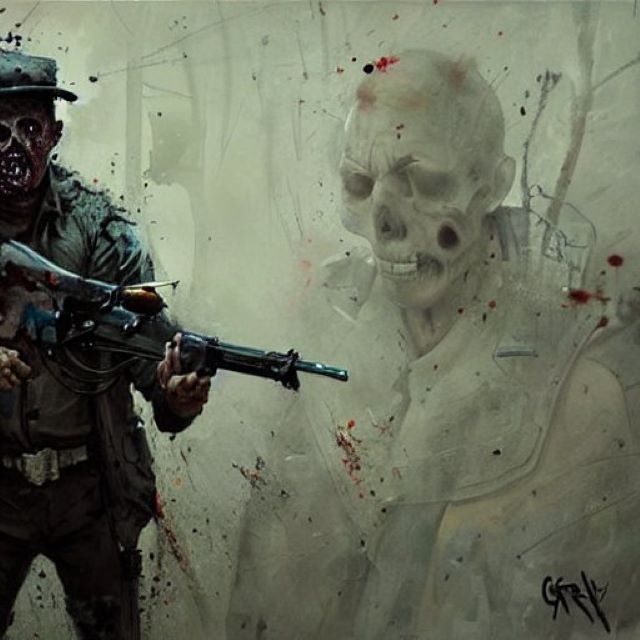
One can even get very specific and if one chooses one’s words carefully, get very unusual results, that can fit your exact requirements, with accuracy, such as these Zombie Headshot portraits of Angelina Jolie i made
In conclusion, A.I. has opened up new possibilities for creativity in the world of horror art. With the appropriate apps, prompts, and syntax, creators can generate mesmerizing and terrifying imagery that will capture their audience’s attention. Anyone can become an A.I. generated horror artist with the right tools and resources.
